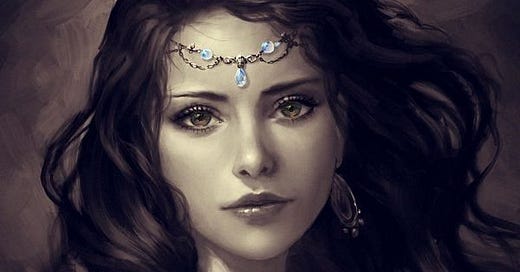Zareta, Igraine & Zenobia - Three Great Loves of Fantasy - A Comparison
A quick glance at the main love interests of the Thurian/Hyborian Age Universes
Both their names start with the letter ‘Z’, and both are the great loves of two great American literary characters. The awesome thing about the stories they both feature in, is that they tie everything about the respective heroes together (save for Brule, and that’s something I’m still sore about where Kull is concerned, I’ll get to Brule though, so if …



